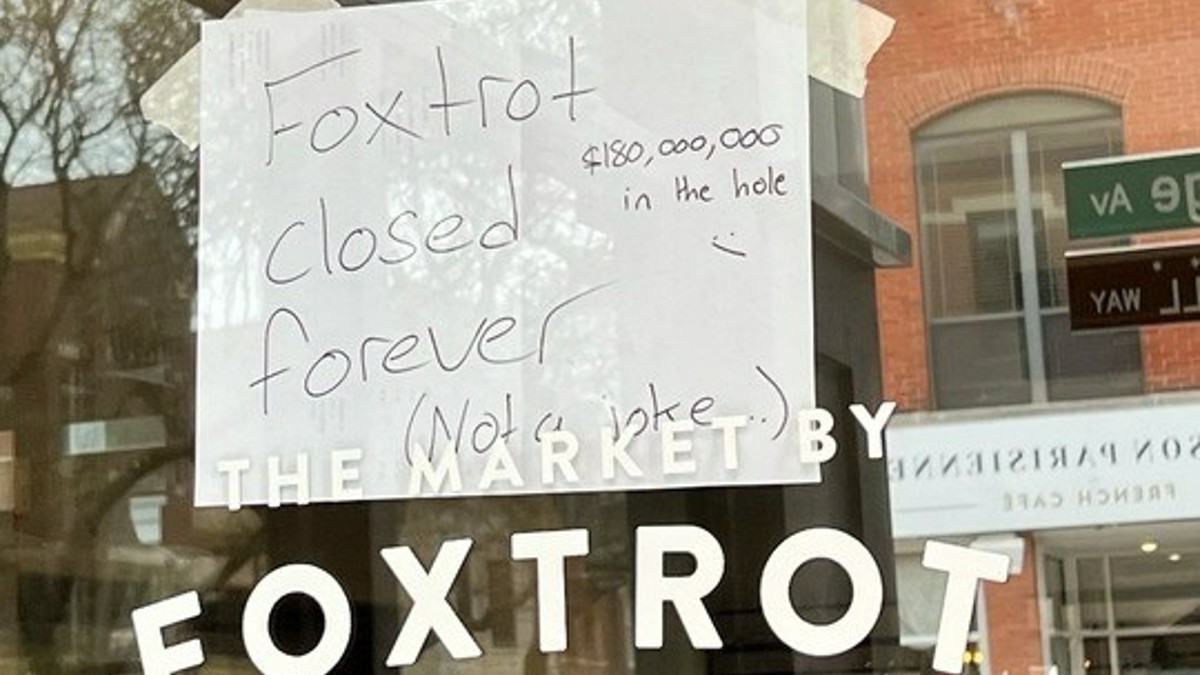The nation's largest state prison system is turning to electronic weaponry to combat the persistent headache of illegal cellphones smuggled to inmates.
Final testing starts next week at the first of two Texas Department of Criminal Justice prisons where equipment has been installed to block calls to and from unauthorized phones.
The equipment, known as a managed access system, also diverts text messages, emails and Internet log-in attempts from contraband phones. It should be in full operation at the Stiles Unit outside Beaumont and the McConnell Unit near Beeville next month. The two prisons together hold some 5,000 inmates and historically have been the worst of the more than 100 Texas prisons when it comes to cellphone smuggling.
The goal is to make cellphones useless, or at least not worth the risk of extended prison time or reduced privileges, said Michael Roesler, senior warden at the Stiles Unit.
"If the cellphone becomes the proverbial paperweight, the reward of taking a chance of losing their good time, their status, their class, their parole possibility, is too great a risk for them to hang on to," he said.
Contraband phones have been a problem in prisons around the country. Prison administrators consider them security threats, used by inmates to plan and coordinate escapes, run illicit businesses and threaten and harass crime victims or authorities.
In South Carolina, a corrections officer in charge of keeping contraband out of the prison where he worked was shot at his home in 2010 in a plan devised by inmates using smuggled phones.
Local
The latest news from around North Texas.
Five years ago in Texas, a death row inmate made threatening calls to a state senator, prompting an unprecedented governor-ordered lockdown of the entire 150,000-inmate prison system to sweep for contraband.
Late last month, several gang members at the McConnell Unit were arrested after trying to sell stolen vehicles to Mexican drug cartel members in a scheme coordinated with illegal phones. The investigation also netted 17 former corrections officers accused of selling phones and drugs to prisoners.
Overall, Texas corrections authorities seized 630 cellphones from inmates in 2011 and 738 last year, including 110 from Stiles.
"It's something we take very seriously," said Tommy Prasifka, deputy director of the agency's institutional division. "We've worked very hard to come up with ideas, constantly looking at better ways, whether its technology or utilizing searches and shakedowns."
In California, where nearly 120,000 inmates make it the second-largest state prison population behind Texas, a managed access system went into use in November at the Avenal State Prison. Nearly 4,800 unique devices and 1.13 million communication attempts were detected in the first month, said Dana Simas, spokeswoman for the California Department of Corrections and Rehabilitation.
"We've had so many incidents related to inmates with cellphones, from organizing criminal gang activities, harassing victims," Simas said. "Those kinds of serious incidents can occur when someone has a cellphone that can't be monitored by us."
Charles Manson, arguably the state's most notorious inmate, has been caught at least twice with phones.
Texas officials say they have had less of a problem than California in part because California, blaming cost considerations, does not subject employees entering prisons to metal detector searches.
It's not clear why Stiles and McConnell have more contraband cellphones than others, Texas officials said, although they noted the prisons also have more disciplinary problems among inmates.
"I think a lot of it depends on location of the facility, plus the type of offender," Prasifka said.
The managed access systems that are being installed won't interfere with 911 calls, but they will only other calls and communication only to and from registered devices. The top managers at the prisons will decide which ones can be registered.
The "brain" of the new system, locked in a closet a few steps from the warden's office, consists of two electronic boxes a bit bigger than two large microwave ovens, filled with blinking lights and wires and a couple of rows of boxes that resemble CD cases. The apparatus connects with a similar single box of electronics in the individual prison buildings. Those boxes receive signals from unobtrusive, plastic squares mounted in the buildings.
"It behaves as a cellular tower," said Mike Bell, the prison system's information technology director. "Based on ID numbers, if you're on authorized list, it allows the call to go through."
The system also tracks the number of attempted calls from various locations, giving wardens information on where to target searches.
Word of the new system already has trickled down to inmates, and authorities are aware of conversations suggesting different kinds of phones be tried to circumvent it, said Lori Davis, an agency regional director.
"These guys have 24/7 to try to figure out ways to beat the system," department spokesman Jason Clark said. "We have to continuously try to stay ahead of the curve."



